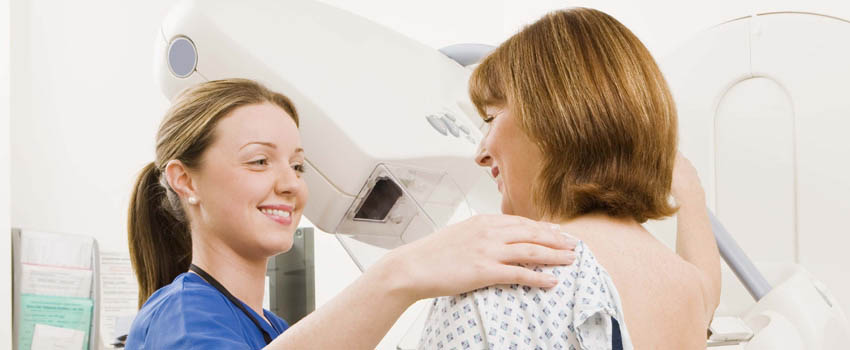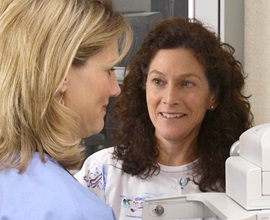St. Luke’s Supports New American Cancer Society Guidelines for Breast Cancer Screening

Make no mistake – early detection saves lives, and screening mammography plays an important role in detecting breast cancer when the chance for successful treatment is highest.
That indisputable fact doesn’t change with new guidelines issued Tuesday by the American Cancer Society recommending changes to the timing and frequency of mammograms and breast exams. The changes are the result of numerous studies and expert review.
Dr. Dan Zuckerman, executive medical director of St. Luke’s Mountain States Tumor Institute, said the new guidelines strike an appropriate and needed balance between the benefits mammograms provide and the risks associated with them, false positives among the most significant risks.
“St. Luke’s MSTI has always supported the American Cancer Society guidelines and will continue to do so,” Zuckerman said. “The new findings continue to support the role of screening mammography for women, which does save lives. But the recommendations have been refined to try to better balance the risks that are involved with mammography.”
“Fundamentally we feel this is a positive thing. Part of the role of recommendations is to foster discussion about the nuances of breast cancer screening for women in this age range.”
Zuckerman said the changes challenge the one-size-fits-all approach to breast cancer screening while encouraging healthy conversations between women and their healthcare providers.
Among the new recommendations from the American Cancer Society:
- Women with an average risk of breast cancer – most women – should begin yearly mammograms at age 45
- Women should be able to start the screening as early as age 40, if they want to. It’s a good idea to start talking to your health care provider at age 40 about when you should begin screening
- At age 55, women should have mammograms every other year — though women who want to keep having yearly mammograms should be able to do so
- Regular mammograms should continue for as long as a woman is in good health
- Breast exams, either from a medical provider or self-exams, are no longer recommended
Importantly, the American Cancer Society stresses the guidelines are for women at average risk of breast cancer. Women at high risk should begin screening earlier and/or more often. And although breast exams are no longer recommended, the American Cancer Society says “all women should be familiar with how their breasts normally look and feel and report any changes to their healthcare provider right away.”
Zuckerman said St. Luke's MSTI physicians will continue to take the time to carefully review the new recommendations. Regardless, he encouraged all women to discuss with their healthcare provider the best breast cancer screening strategy for them.
For more about the new American Cancer Society recommendations, visit http://www.cancer.org/cancer/news/specialcoverage/american-cancer-society-breast-cancer-screening-guidelines.
About The Author

Brent Boyer was formerly the senior coordinator of social media for St. Luke’s Health System.


